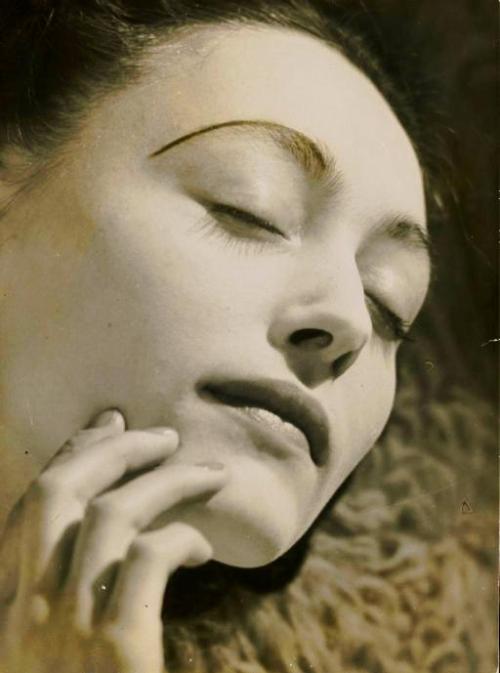The Surrealist photographer Dora Maar (1907-1997) is better known as Picasso’s dark-haired model, muse and companion in the late 1930s than for her astonishing works, although she was an artist in her own right and was a famous photographer before she met Picasso.
She was born Henriette Theodora Markovitch in Tours, Western France to a Jewish family. Her father, Josip Marković, was a Croat architect, famous for his work in South America; her mother, Julie Voisin, was from Touraine, France. Dora grew up in Argentina.
In 1927, Dora Maar had begun studying painting in Paris, but quickly switched to photography at the École de Photographie de la Ville de Paris. She supported herself in the 1920s and 1930s as a commercial photographer. While still in her twenties, she had managed to make a reputation in Paris for her fashion and advertising photographs. She then moved toward surrealism under the guidance of Paul Éluard, the poet, and Man Ray, the surrealist photographer. She was with Éluard at the Deux Magots café when Picasso noticed her and asked to be introduced. She was 29 years old and he 54.
Her first photography exhibition was at the Galerie de Beaune in Paris, in 1937. It has been said that Maar understood better than any artist of her time the naturalism of Surrealism. She knew that there was far more within every image, every person and place, than could possibly be described, that “interior vision” is more than matched by what is outside ourselves.
However, in the late 1930s she had a change of heart. She gave up on her photography entirely and returned to painting. This was at least partly because Picasso felt the former to be an inferior, or perhaps non-existent, art medium. Eventually Picasso left Dora Maar in the mid-1940s, for someone else. Their breakup left her in a severe depression, which followed a long reclusion that covered the last forty years of her life, until her death in 1997. She did continue to write poetry and to paint, and, in the 1980s, she revisited her photographic work.

Dora Maar, The Years Lie in Wait for You, 1936

Leonor Fini by Dora Maar, 1936

Dora Maar, Double Portrait, 1930

Dora Maar, Sans Titre (Main-coquillage), 1934 © VG Bild-Kunst, Bonn 2011 © Kunstsammlung NRW





































